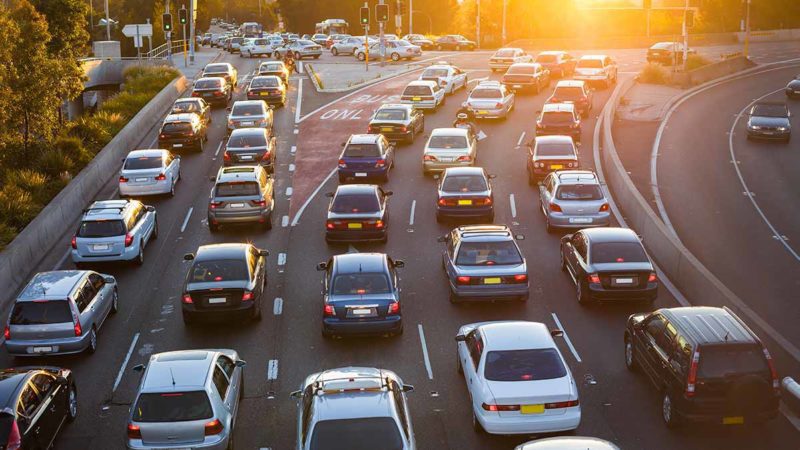Australia’s lack of vehicle emissions standards is costing its drivers dearly: It means more pollution, a near total dependence on imported fuels, and the latest estimate puts the cost burden on consumers since 2015 at $5.9 billion.
The savings translate – according to research commissioned by The Australia Institute – to about $1 billion a year, but in 2021, because of rising prices at the petrol bowser, the cost is estimated to have been $2.2 billion – a huge impost on Australian consumers, and one they seem completely unaware of.
You often hear talk that Australia is at risk of becoming a dumping ground for dirty and inefficient cars. But the reality is that it already is.
The country is one of the few western countries that has no fuel emissions standards – despite numerous recommendations over the last decade and a half that it should.

And it’s not just higher fuel costs that are caused by the lack of a fuel emissions standards.
Australia, the TAI says, is almost entirely reliant on imports of refined fuels and crude to meet consumption, and imports 91 per cent of all fuel consumed in Australia. Three quarters (73 per cent) of Australia’s total liquid fuel demand is consumed by the transport sector and over half (54 per cent) is consumed by road transport alone.

The TAI estimates that if fuel efficiency standards had been introduced in 2016, Australia could have imported 4000 million litres less oil.
Australia could have prevented 9 million tonnes of greenhouse gas emissions if fuel efficiency standards had been introduced in 2016 – about the same emissions from domestic aviation in a normal year.
The Electric Vehicle Council says Australia has become the world’s worst dumping ground for dirty vehicles, and the lack of fuel efficiency standards made it difficult to purchase EVs and long lead times. It dismisses attempts by the main car lobby for weak standards to be imposed.
“The only fuel efficiency standards that will make a difference are standards in line with those that exist in the US and Europe,” said EVC chief executive Behyad Jafari.
“Car manufacturers sell the bulk of their vehicles into markets with fuel efficiency standards because that helps avoid penalty. There is currently no such incentive in Australia, which relegates this market to a lower order priority.
“There is no path to net zero by 2050 unless Australia stops selling emitting vehicles by 2035. Cars in Australia have a 15-year average life span. If we’re still selling a significant quantity of combustion engine vehicles in 2036 we fail on net zero. It’s that simple.”
For a full report on the TAI recommendations, see the accompanying story on RenewEconomy: Carbon tax on wheels? The overwhelming case for Australia to go electric.

Giles Parkinson is founder and editor of The Driven, and also edits and founded the Renew Economy and One Step Off The Grid web sites. He has been a journalist for nearly 40 years, is a former business and deputy editor of the Australian Financial Review, and owns a Tesla Model 3.

